I think I have found a new favorite animal, it is the first time that I have observed some varieties of hidracnelas, they are freshwater mites, very interesting and resistant animals, to date they have managed to register more than 20,000 species distributed almost all over the world, these of here I obtained them in a sample of stagnant water now in spring, apparently as they are a little evolved taxon they are easy to distinguish from other animals! enjoy my little discovery!👨🏫👨🎓
Creo que consegui un nuevo animal favorito es primera vez que observo algunas variedades de hidracnelas, se trata de acaros de agua dulce animales muy interesantes y resistentes, hasta la fecha se han conseguido registrar mas de 20mil especies distribuidas en casi todo el mundo, estos de aqui los obtuve en una muestra de agua estancada ahora en primavera, aparentemente como son un taxon poco evolucionado son faciles de distinguir de otros animales! disfruta de mi pequeño descubrimiento!🧫🔬
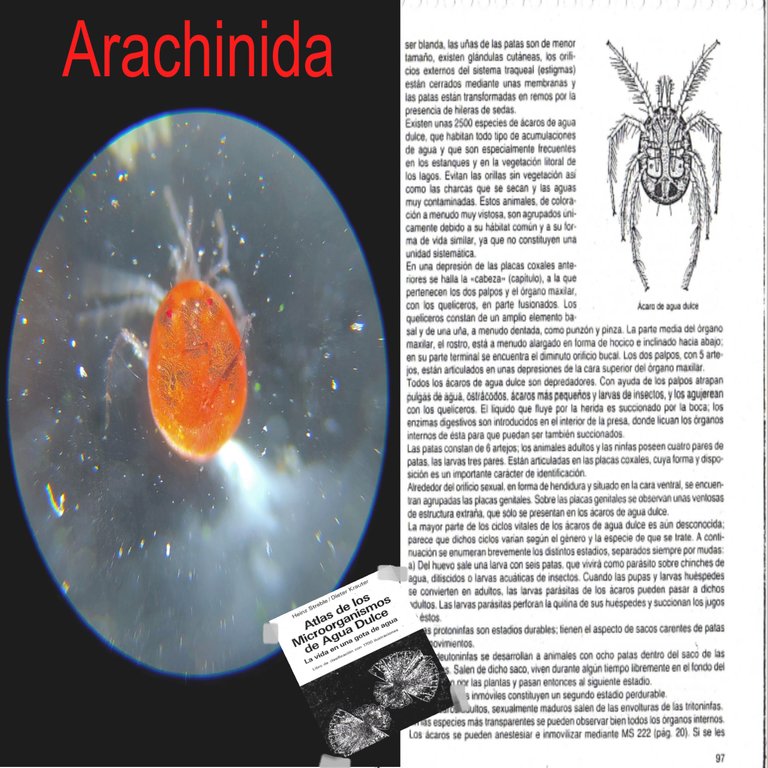


The first thing that we will highlight about these animals is their size, they are visible to the naked eye, therefore we could not consider them microscopic, while I was observing the water they caught my attention due to the way they swim, they are quite fast and difficult to capture with the eyedropper! sometimes they manage to hide among the organic matter trying to escape from predators! Actually, freshwater mites belong to the Hydrachnidia family, they are one of the most abundant groups of animals in arthropods!🔬🧫
Lo primero que destacaremos sobre estos animales es su tamaño, son visibles a simple vista por tanto no podriamos considerarlos microscopicos, mientras observava el agua captaron mi atencion por la forma de nado, son bastante rapidos y dificil de capturarlos con el gotero! a veces logran esconderse entre la materia organica intentando escapar de depredadores! en realidad los acaros de agua dulce pertenecen a las familia Hydrachnidia son uno de los grupos de animales mas abundantes en los artropodos!🧠👨🏫

Characteristics🙇♂️🧭/Caracteristicas🚩🌍
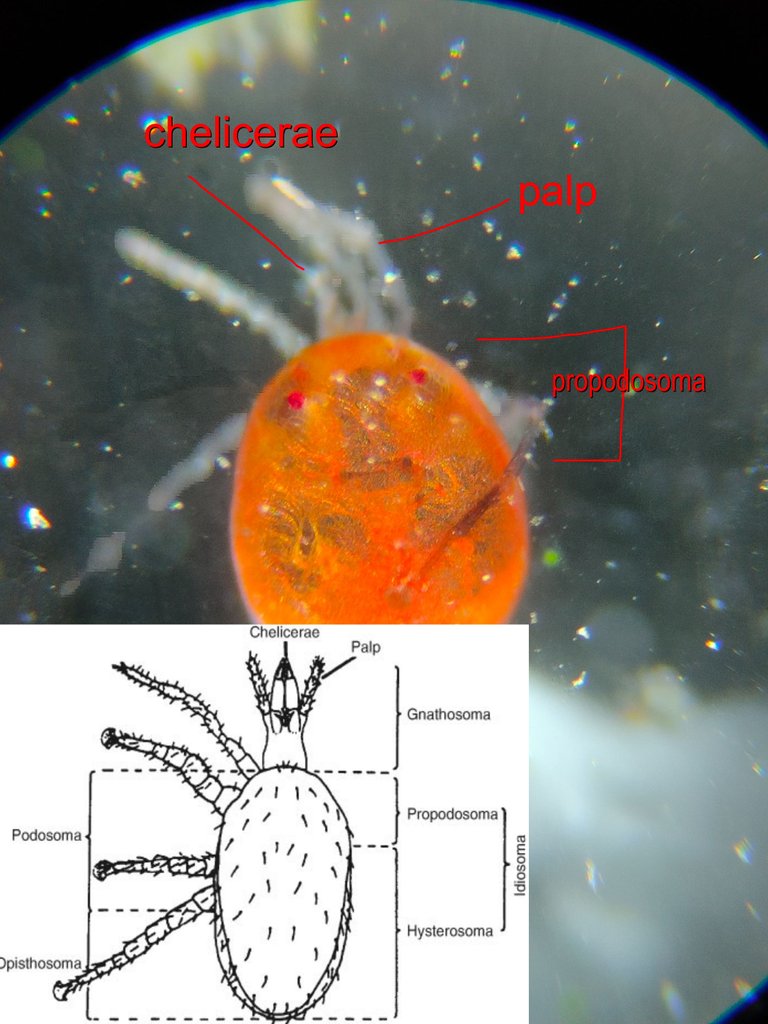
One of the main characteristics of the Hydrachnidia is their coloration, they are quite beautiful, highlighting a very bright red or orange, however there are other species with slightly lighter yellowish or blue tones, there are few morphological adaptations between freshwater and terrestrial mites. here there is no typical segmentation of the arachnids in the mites the body segmentation disappears! the "nails" on the legs of the aquatic mites are smaller than the terrestrial ones! Between 2,600 to 2,500 species are fully aquatic and are found in many types of water, normally stagnant with vegetation!👨🏫🔬🧫
Una de las principales caracteristicas de los Hydrachnidia es su coloracion son bastantes bonitos resaltando un rojo muy vivo o naranja sin embargo hay otras especies con tonos un poco mas claro amarillentos o azules, hay pocas adaptaciones morfologicas entre los acaros de agua dulce y los terrestres, aqui no hay segmentacion tipica de los aracnidos en los acaros desaparece la segmentacion corporal! las "unas" en las patas de los acaros acuaticos son mas pequeñas que las terrestres! entre 2600 a 2500 especies son totalmente acuaticas y se encuentran en muchos tipos de agua normalmente estancadas con vegetacion!👨🎓🔬

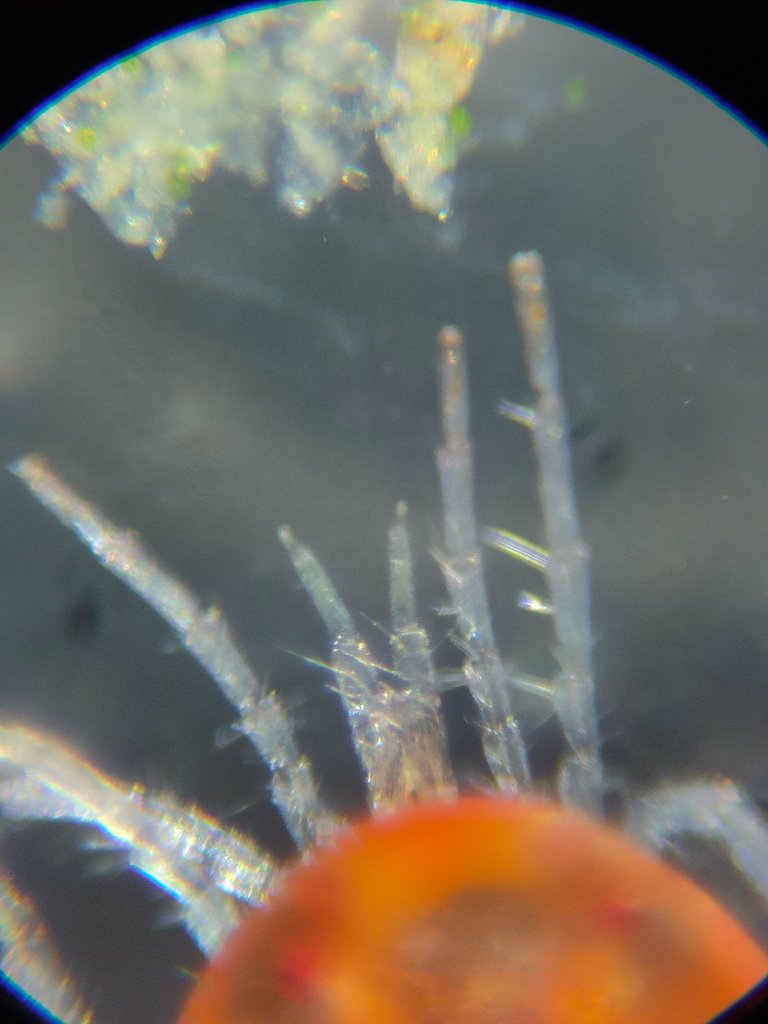
Normally they tend to avoid the shores, highly polluted waters and also stagnant waters where there is no vegetation! the head is located in a depression of the coxal plates, here are the two palps and the "maxilla" we can see the fused chelicerae! the nail is shaped like a pincer, just like spiders do, all of them are predators and their main prey are: "water fleas, small mites, ostracods and insect larvae! they capture it with their chelicerae and pierce it! they cannot chew like that that introduce into the wound of their prey gastric juice that is digested by the animal and then sucked!🧫
Normalmente acostumbran a evitar las orillas, las aguas muy contaminadas y tambien aguas estancadas donde no hay vegetacion! la cabeza se ubica en una depresion de las placas coxales, aqui se ubican los dos palpos y la "maxila" podemos ver los queliceros fusionados! la uña tiene forma de pinza, tal y como hacen las arañas todos ellos son depredadores y sus principales presas son: "pulgas de agua, acaros pequeños, ostracodos y larvas de insectos! lo capturan con sus queliceros y lo perforan! no pueden masticar asi que introducen en la herida de su presa jugo gastrico que digiere el animal para luego ser chupado!👨🎓🔬

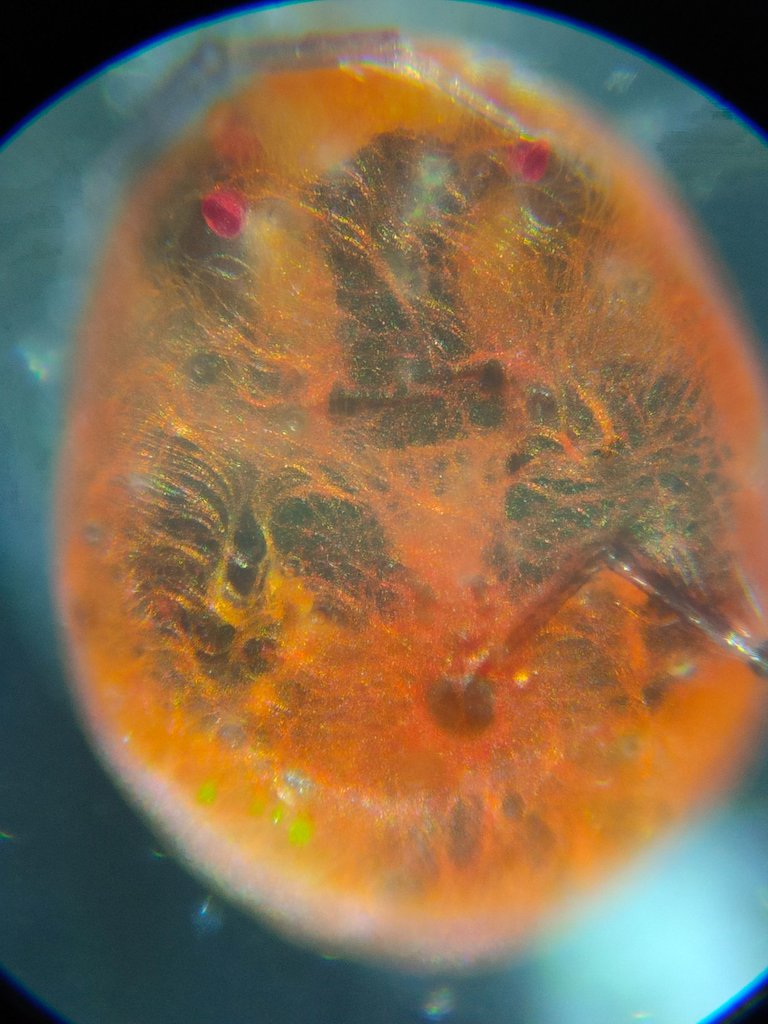
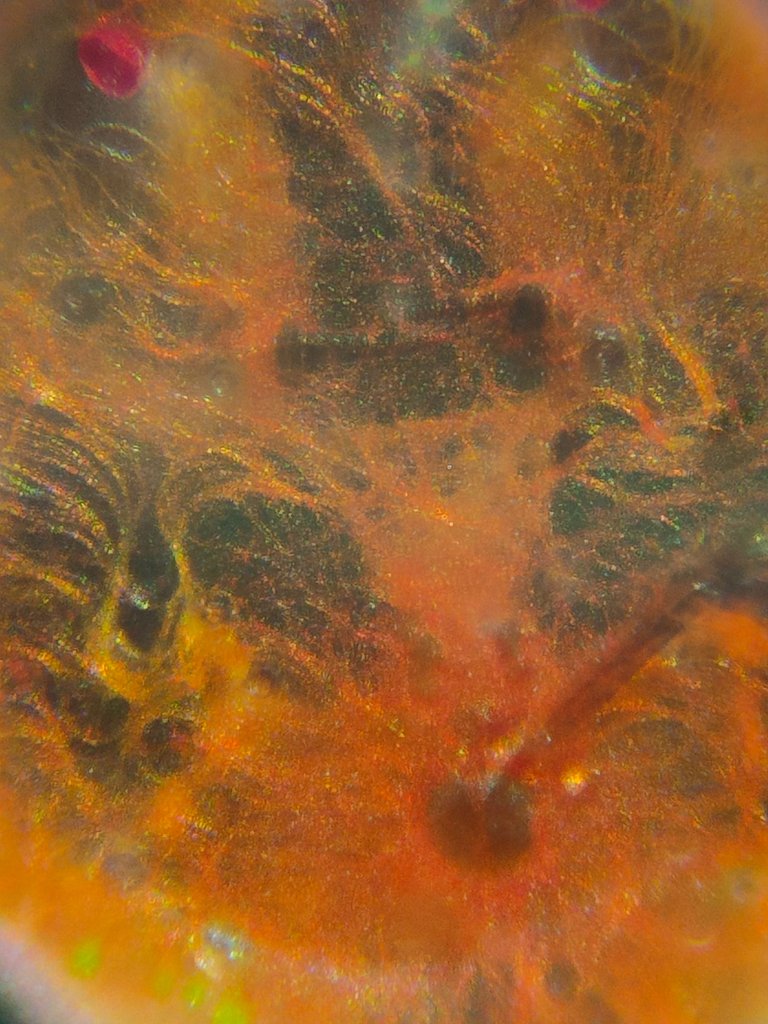
These animals are a mystery and little is known about the reproductive life cycle of each of them! but it can be summarized as: "from the egg comes a larva that will be a parasite of an insect, usually a bedbug! When the pupae are adults, they take advantage of their host to feed on it! Did you know that some scientists anesthetize mites to study them using: "MS 222 ." AMAZING, RIGHT?👨🏫💥
Estos animales son un misterio y poco se conoce el ciclo de vida reproductivo de cada uno de ellos! pero se puede resumir en: " del huevo sale una larva que sera parasita de un insecto normalmente un chinche! cuando las pupas ya son adultas aprovechan su huesped para alimentarse de el! sabias que algunos cientificos anestesian los acaros para estudiarlos utilizando: " MS 222." INCREIBLE NO?😮🤯

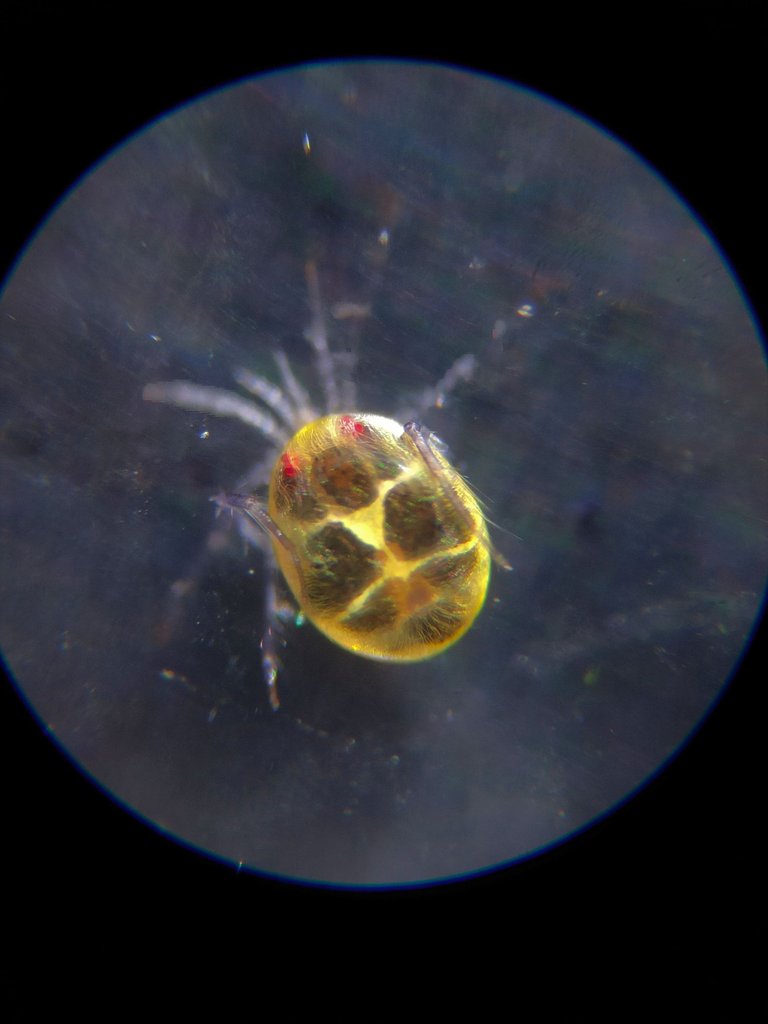
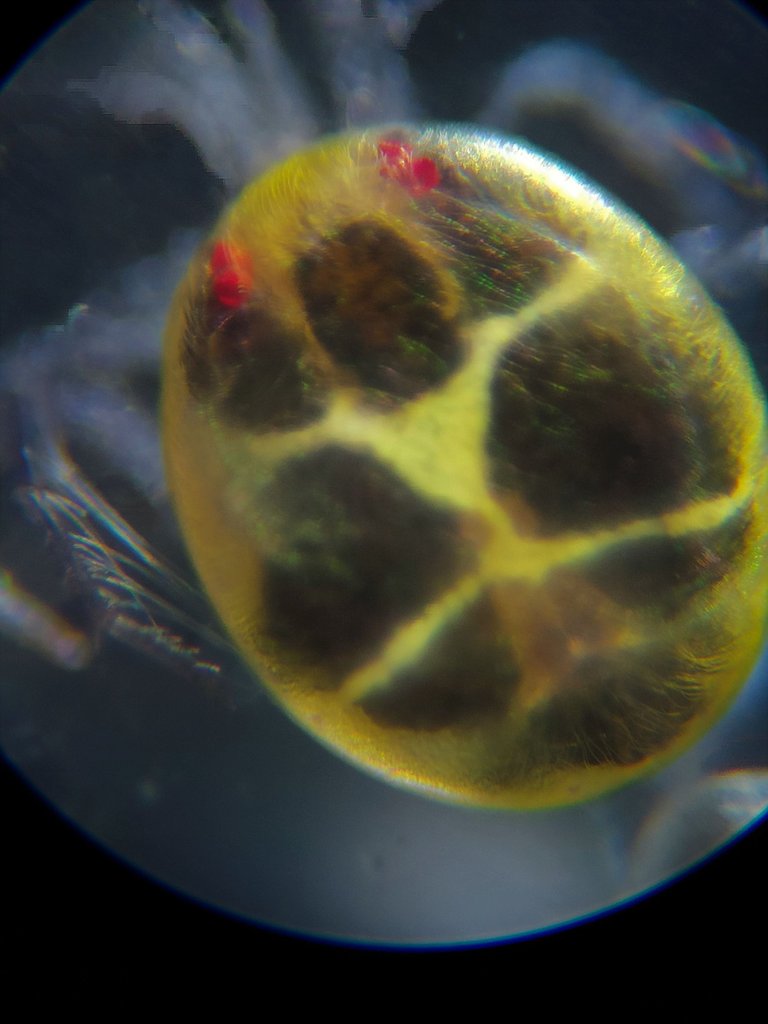
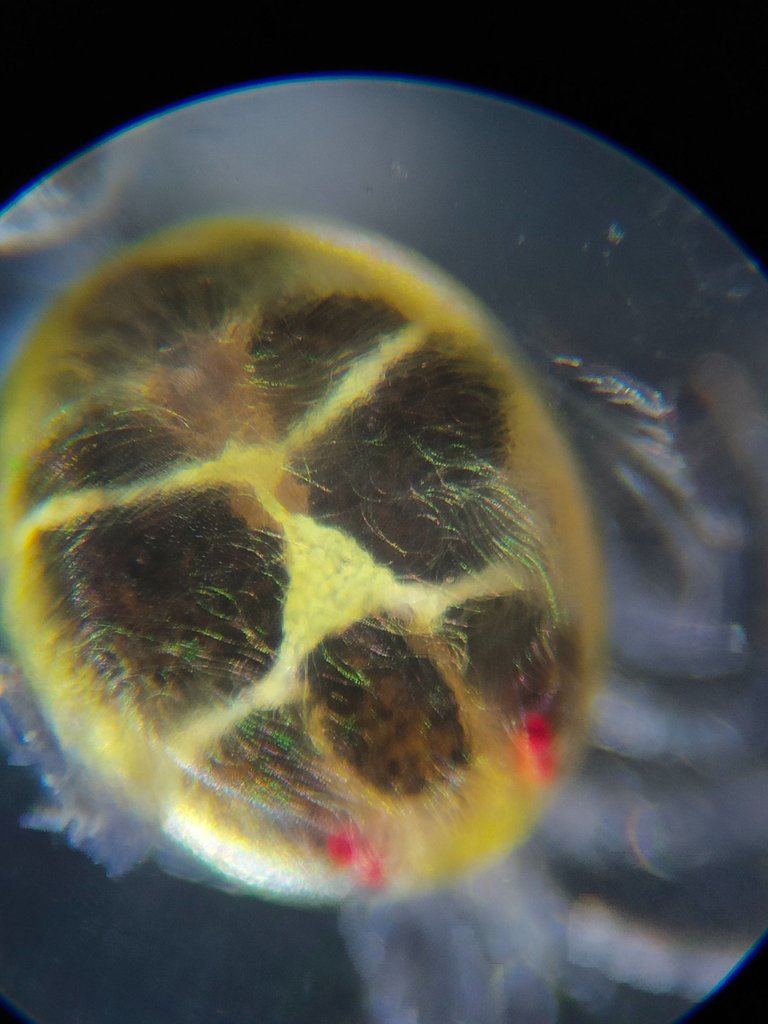

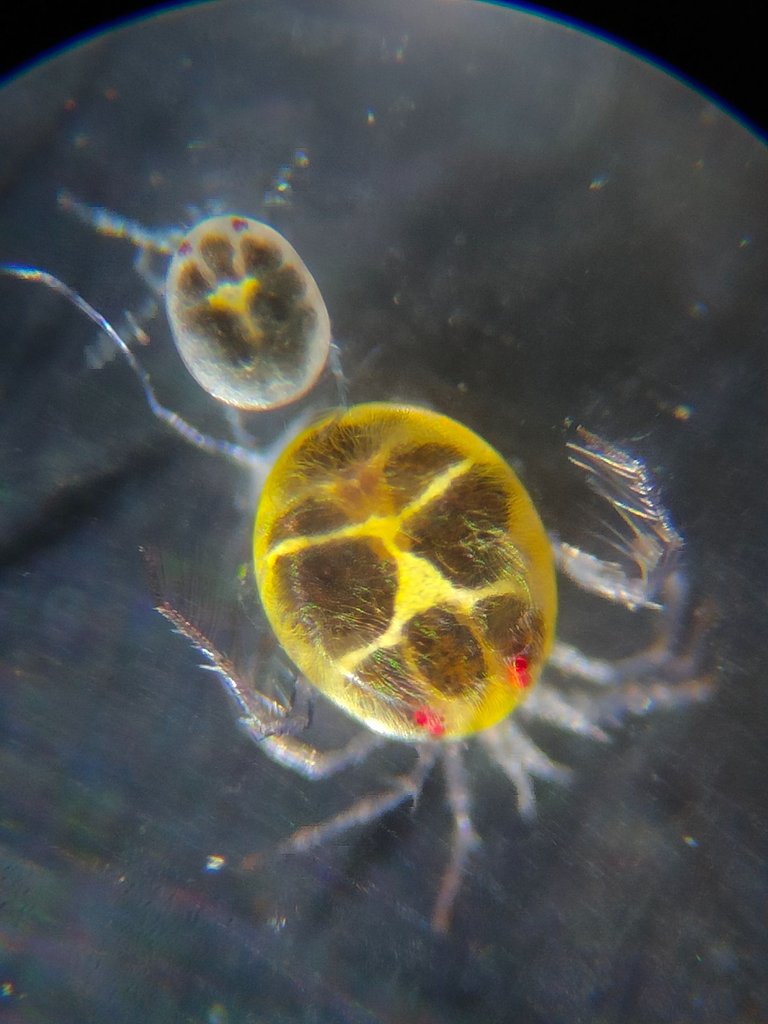
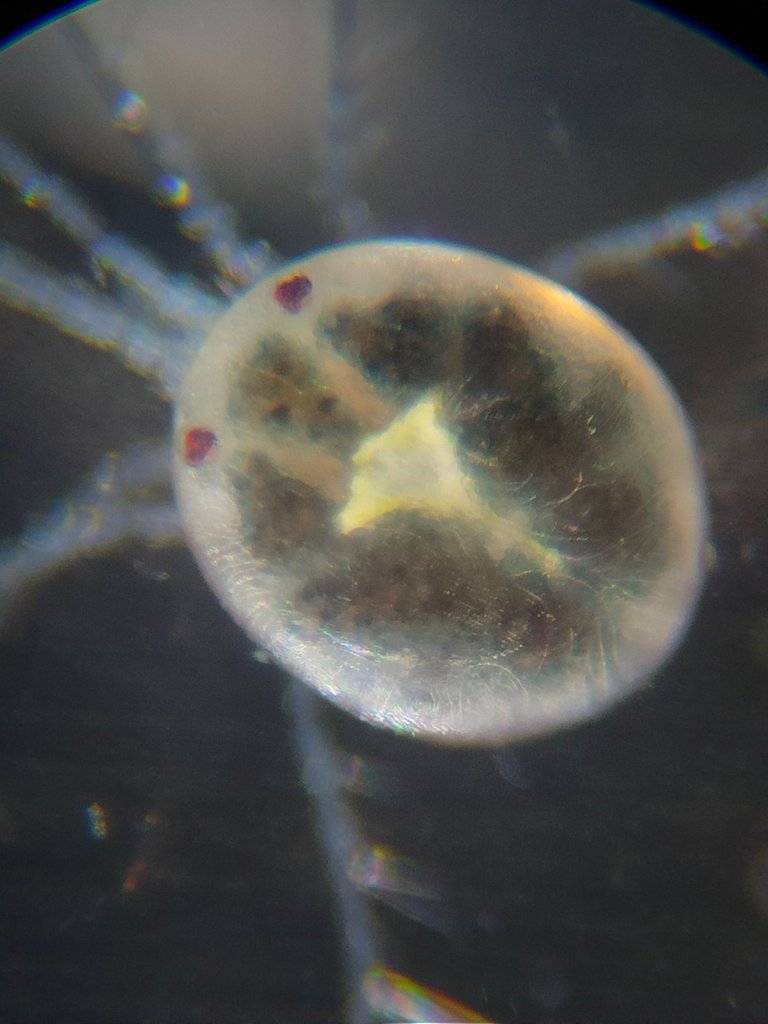
In central Europe about 450 species of freshwater mites have been identified! to identify them they must be anesthetized because to achieve a correct identification the ventral part must be studied in the area of the "maximum" sadly I will not be able to identify these two species because I do not have the corresponding tools but it is an incredible experience to see them under the microscope!👨🏫🔬
En europa central se han identificado unas 450 especies de acaros de agua dulce! para identificarlos deben anestesiarse porque para lograr una correcta identificacion debe estudiarse la parte ventral en el area de la "maxima" tristemente no podre identificar estas dos especies por no tener las herramientas correspondiente pero es una increible experiencia para verlos en el microscopio!👨🎓🧫🧠


DNA is an organization to foster and DENSIFY NATURE-APPRECIATION which aims to establish REPORTS OF BIODIVERSITY DATA that is contributed by all of us Hiveans and subsequently cataloged.
Therefore DNA searches for HIGH-QUALITY posts that aim to DESCRIBE and determine the BIODIVERSITY AROUND YOU with added EXPLANATIONS and INFORMATION. For these informative posts they offer a CURATION SERVICE using the @dna.org account. It is also a CURATION TRAIL. Just add the #dna TAG if you think that any of your posts is what they are looking for.
GRACIAS POR LEERME / THANKS FOR READING ME /FOTOS DE MI PROPIEDAD / PHOTOS OF MY PROPERTY)🙂🧠🦾👍
Referencia bibliografica / Source:
The description of the park was taken from the cited page!



















